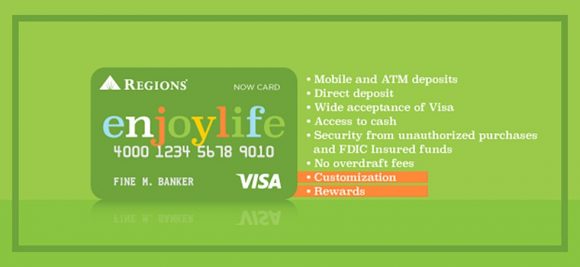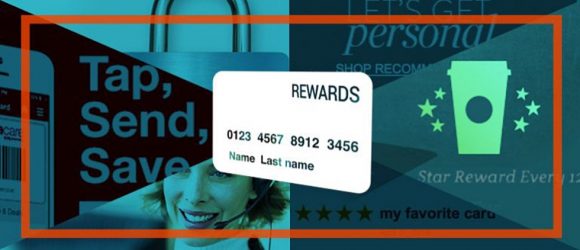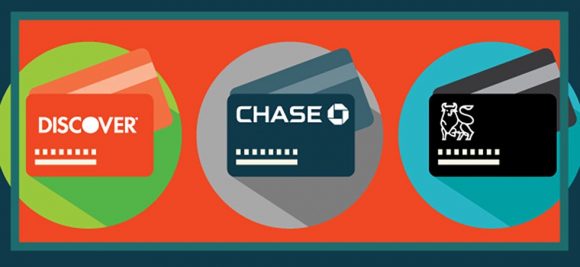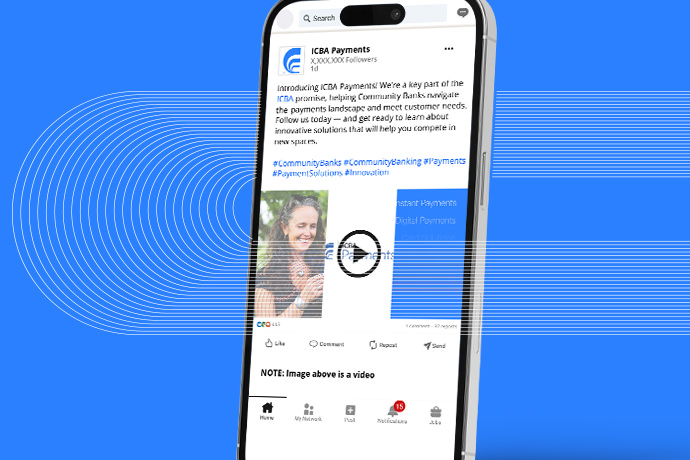Offering Consumers the Right Credit Card Can Recapture Lost Revenue
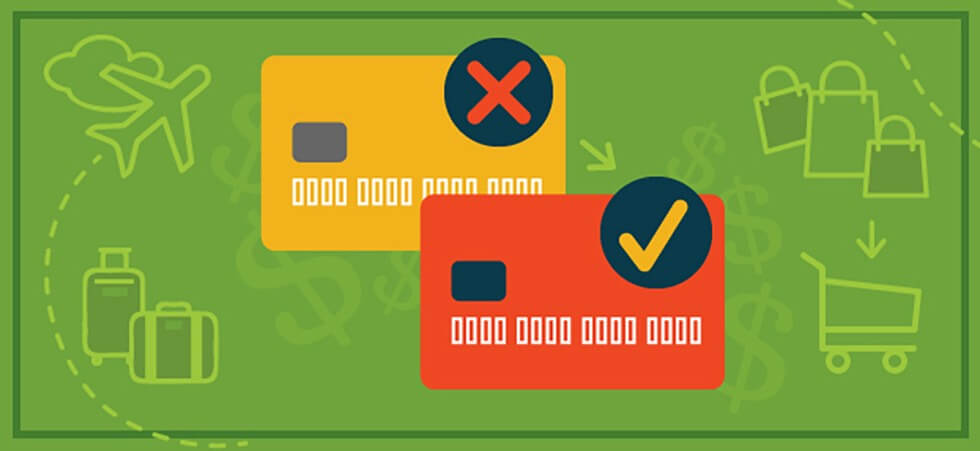
As marketers familiar with challenges faced by banks, we are aware that many financial institutions may be investing in ongoing marketing campaigns targeting cardholders who are simply carrying the wrong credit card. We appreciate the insights uncovered by the J.D. Power “2016 U.S. Credit Card Satisfaction Study,” as it helps clarify and underscore the depth of the problem.
According to the report, one in five credit card customers are carrying the wrong card, and sometimes those cards have unnecessary fees with rewards that don’t match up with the cardholder’s actual spending behavior. As a result of the product mismatch, cardholders spend less money each month: $783, which compares to a spend of $1,035 when cardholder and card are well aligned. These same consumers also find other payment options, putting less share of monthly spend on the card (37% versus the 45% spend share seen in well aligned cardholders).
Why does this misalignment happen? There are probably multiple contributing factors:
- Evolving life stages / Think about how just five years in the life of a consumer can span significant life changes. For example, young Millennials buy homes and start families. Older Millennials worry about paying for college. Gen X consumers build income and assets. Boomers retire and travel while protecting their wealth.
- New behaviors / A rewards program, once appealing, can cease to be of interest as consumer behavior changes. A former “miles junky” may now prefer the simplicity of cash back or the flexibility of earning points redeemable for travel, merchandise or cash. Coalition programs that did not exist just a few years ago may now be of interest.
- Updated card attributes / Product benefits, rewards, pricing, annual fees and nuisance fees are among those card attributes that are continually changing. Loyalty programs are constantly evolving with economic forces pushing brands to optimize programs, re-examine earn and burn, and restructure rewards, particularly for the mature programs.
- Impulse “shopping” / Promotional offers attract new cardholders at POS with their immediate discounts, but the ongoing value proposition may not be a fit, later giving way to “buyer’s remorse.”
The obvious result of credit card misalignment is a decrease in card satisfaction. Eventually, the cardholder will overcome inertia and switch to another card – perhaps from a different issuing partner. The J.D. Power Study confirms 21% of dissatisfied cardholders are likely to switch, compared with only 9% of the well aligned.
Even among cardholders who are well aligned with their credit card, there is a significant segment – estimated at 30-50% – who can easily find an even better card if they make an effort. Simple inertia and lack of awareness often keeps cardholders in place.
Taking a look at airline cards, perhaps the most popular and well-established vertical, shows a staggering 44% of airline co-brand cardholders appear to have the wrong card for them. In order to be a good card choice, an airline co-brand cardholder needs to spend $500/month, use airline benefits accrued in the last 12 months or have redeemed rewards within the past 18 months. If the cardholder fails to fit these criteria, they are most likely ill-suited for the card, probably dissatisfied and most likely to switch cards.
What can be done to improve alignment, avoid dissatisfaction and prevent “switching” behaviors? A handful of tactics may help:
- J.D. Power wisely suggests that having the right card in wallet is a mutual responsibility. The consumer and the FI are in this together. The FI can do its share through clear communication about the credit card fees, benefits, value proposition and redemption opportunities. Education of your cardholder will go a long way to ensuring both parties are “on board” across the lifecycle.
- Financial Institutions should monitor ongoing card behavior with periodic evaluation of spend behavior and rewards redemption (always a good barometer of engagement and satisfaction). If the card is not top of wallet – or seems to be reserved for “bucket spending” (big ticket items, certain MCC spend or types of purchases) – then the cardholder ideally should be offered another credit card option to push the card to top of wallet status.
- Look to payment networks as an invaluable source for portfolio analytics. They offer online tools, proprietary data and consultative insights that can help identify and remedy “wrong card” issues. First, your payment network can provide share of wallet insights for you and your designated peers providing you with foundational portfolio intel. Second, by looking at specific data, your payment network experts can suggest how to identify cardholders who would be better served with a different card or an upgrade to a more premium product.
- An ongoing lack of redemption activity should trigger an offering for the cardholder to switch to a different rewards card with a new currency (taking current airline miles and converting them to points or cash back on a different card, for example). Keeping the cardholder you already have should be a priority.
- When in acquisition mode, ensure better consumer evaluation of the card via calculators, other tools and visual aids to help prospects better “self-select.” The goal is to target as best you can while snagging high value propensity cardholders and leaving some prospects behind.
- Use a holistic view of your cardholder to identify growth and product migration from starter card to premium card and eventually “best customer” status. This should be reflected through better pricing, fewer fees and higher credit limits. Don’t let another FI lure your cardholder away while you are not paying attention.





